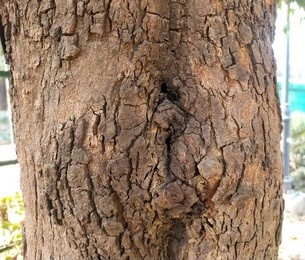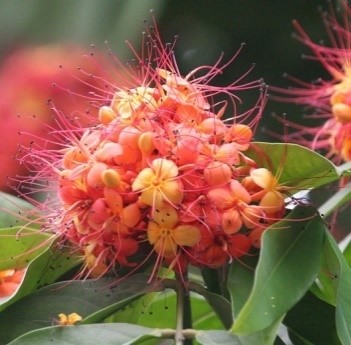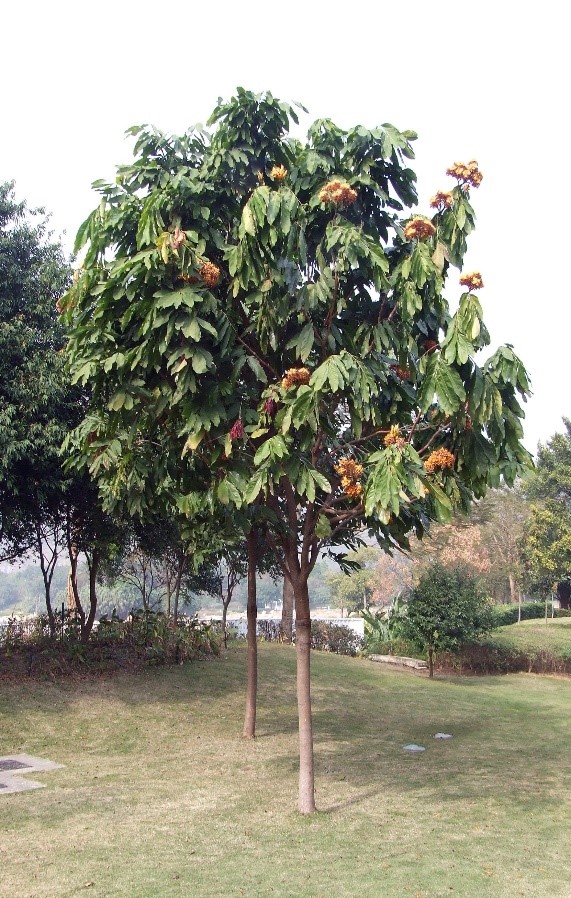Trees
Saraca indica Linn.
Saraca indica Linn.
Description :
This plant is an evergreen; slow-growing,
small flowering tree and its height is up to 7 to 10 m. It is an easy to grow
and easy to prune tree that flowers abundantly and provides a compact shaped
canopy and makes it an ideal candidate as a lawn tree or a house plant. It
shows symmetrical pyramidal growth with willowy weeping pendulous branches. The
plant has umbrella like structure. The tree has compound leaves with 4 to 6
pairs of leaflets. The young leaflets changes colours from greyish white to
pinkish and remain folded. The flowers produced in big dense clusters directly
on trunk or branches. Unlike most other legumes, flowers have no petals. Sepals
open yellow, aging to orange and red. Fruits are large, flat and leathery
explosive pods (20cm), purplish when mature, shaped like scimitars. This tender
foliage of coppery red colour offers an amazing sight.
Distribution :
This plant is native to Indian
subcontinent. It favours the warm humid climates of Pakistan, India, and
Myanmar, Thailand, Malaysia, Indonesia, Laos, Vietnam.. It is a rain forest
tree and can easily be found in the Deccan Plateau and Western Ghats of the
Indian subcontinent. It grows near streams and on riverbanks, at elevations up
to 900 m.
Uses :
Flower of the plants are edible and are
eaten after cooked. The fruits are used as a masticatory as a replacement for
betel nuts. This tree is known for many health benefits to the human body. The
barks and leaves are beneficial for treating menstrual problems in females
including Dysmenorrhea, abdominal pain and uterine spasms. The bark of the tree
has rich amounts of tannins, flavonoids, and glycosides that overall work as a
uterine tonic. The roots and seeds of tree can be used to treat skin conditions
including dermatitis, acne and psoriasis.
(Biswas and Debnath,
1972)



